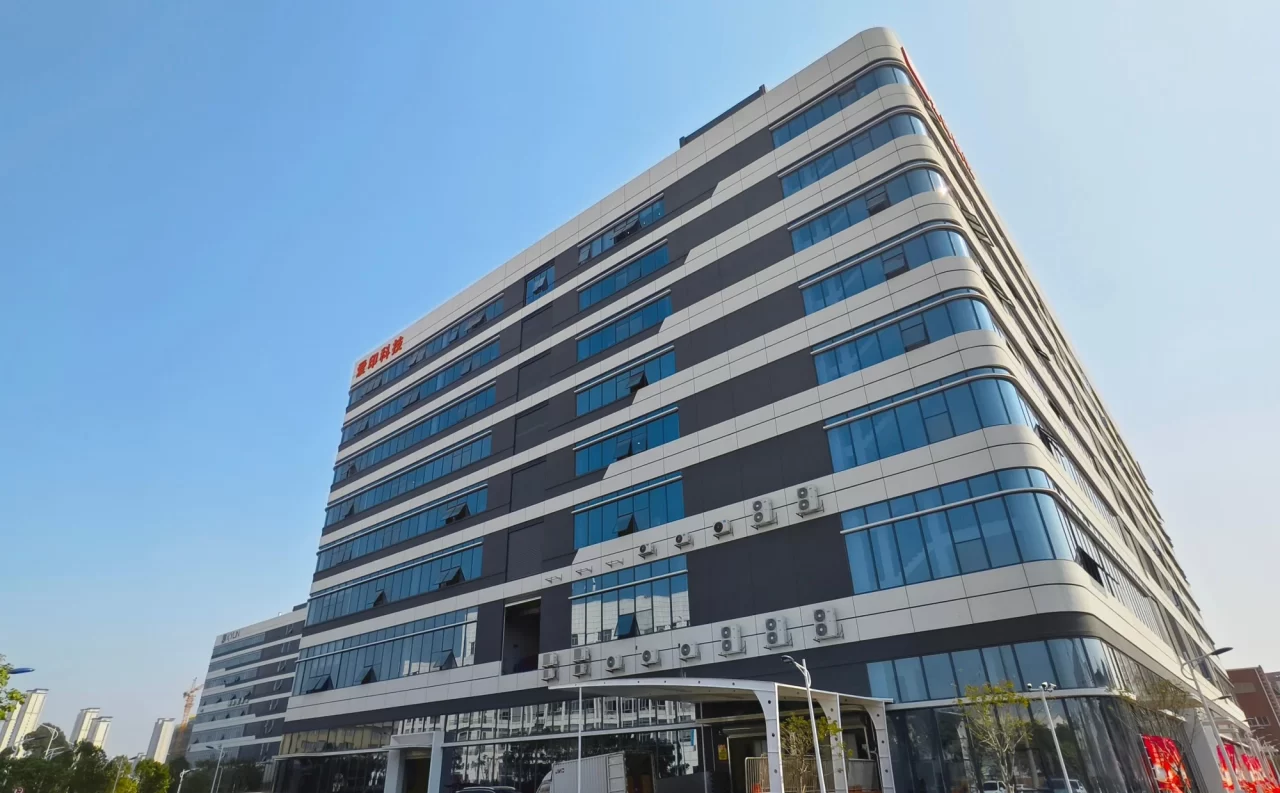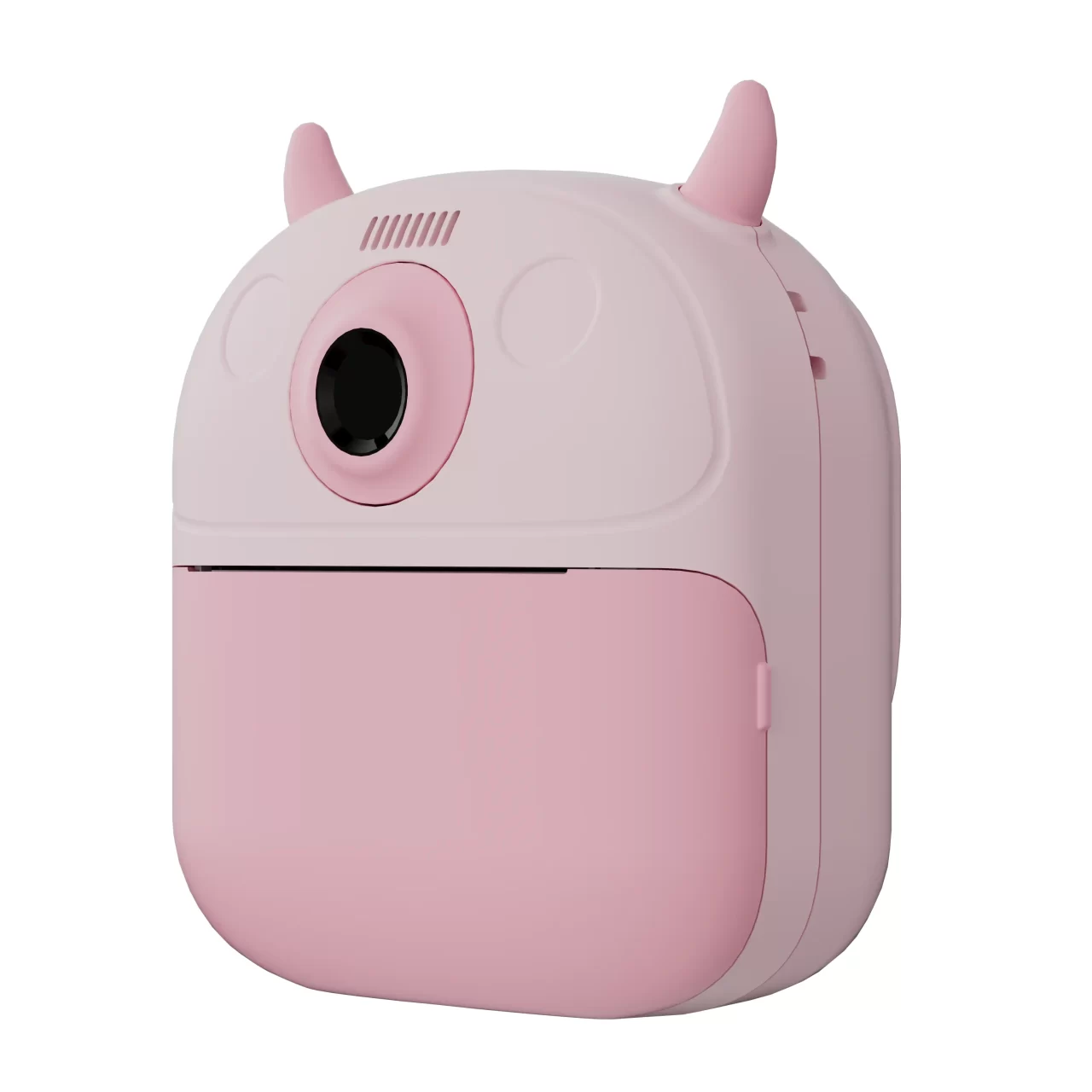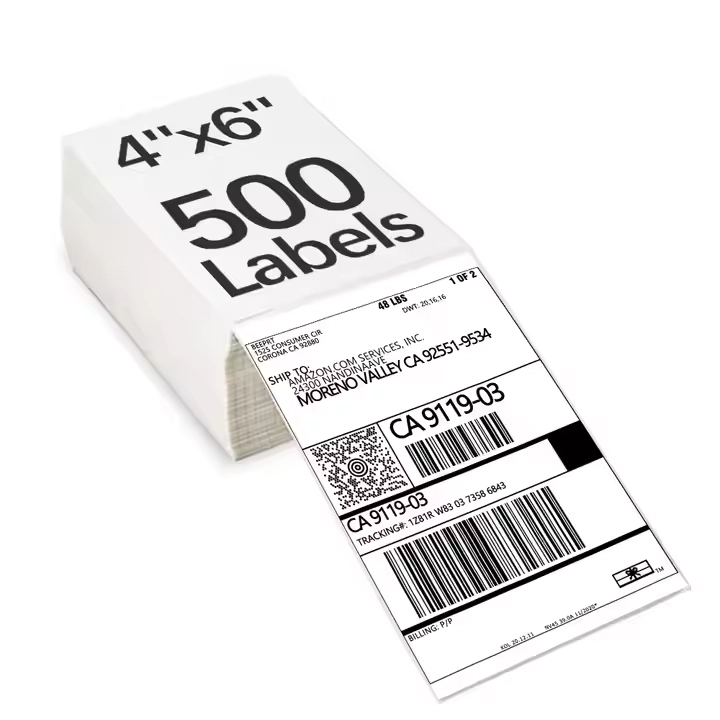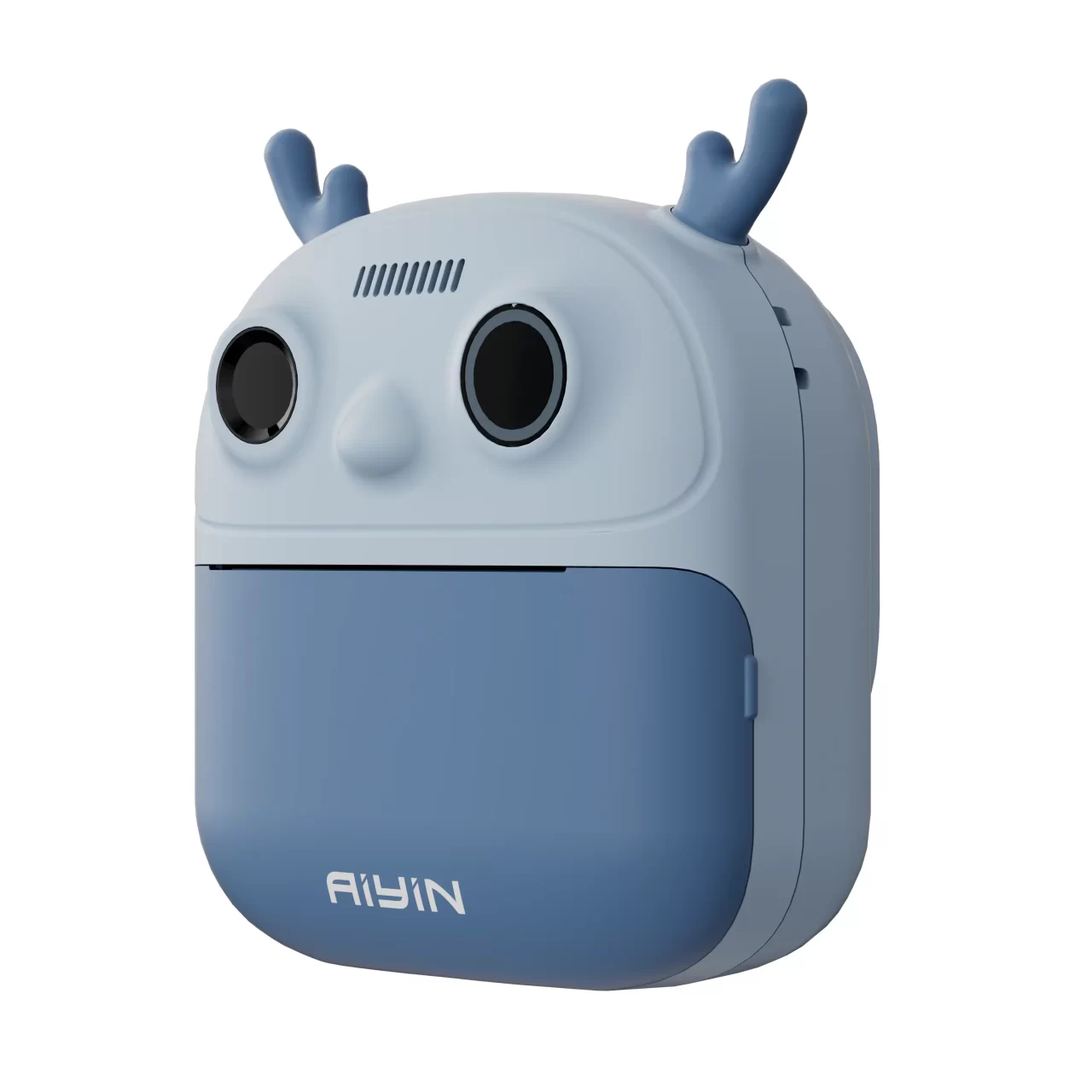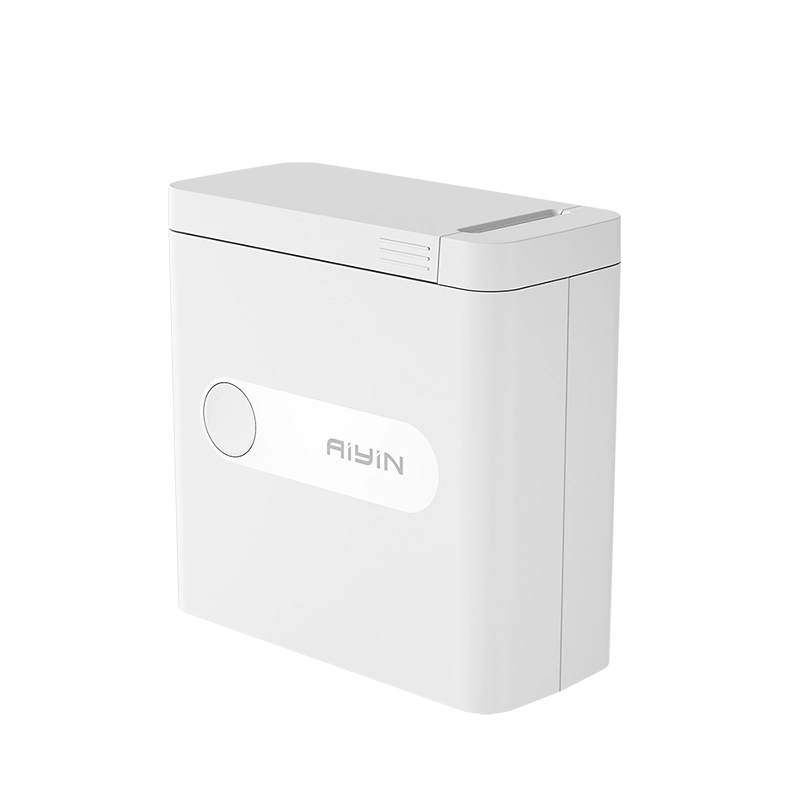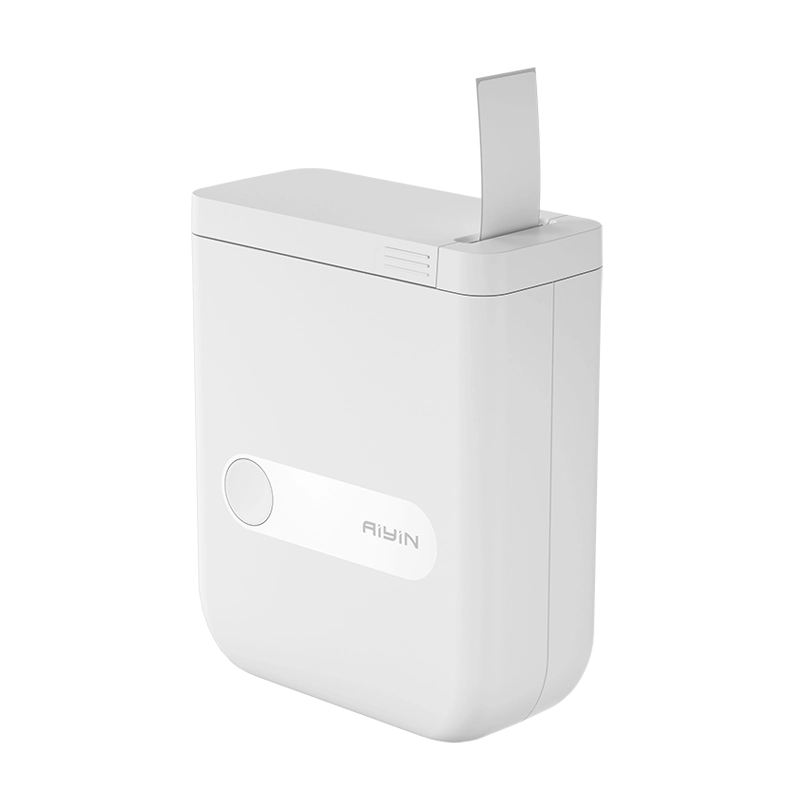En los sectores minorista, de logística y transporte, médico y otros, la elección de la tecnología de impresión adecuada afectará directamente a su productividad y rentabilidad. La transferencia térmica y la impresión térmica directa son dos tecnologías dominantes, pero sus escenarios de aplicación y ventajas son completamente diferentes. ¿En qué se diferencian? ¿Cuál es la mejor para su empresa?
Impresión térmica directa: Sencilla y eficaz
Principio: La impresión térmica directa calienta la superficie del papel térmico a través del cabezal de impresión para darle color, sin necesidad de cinta ni tinta.
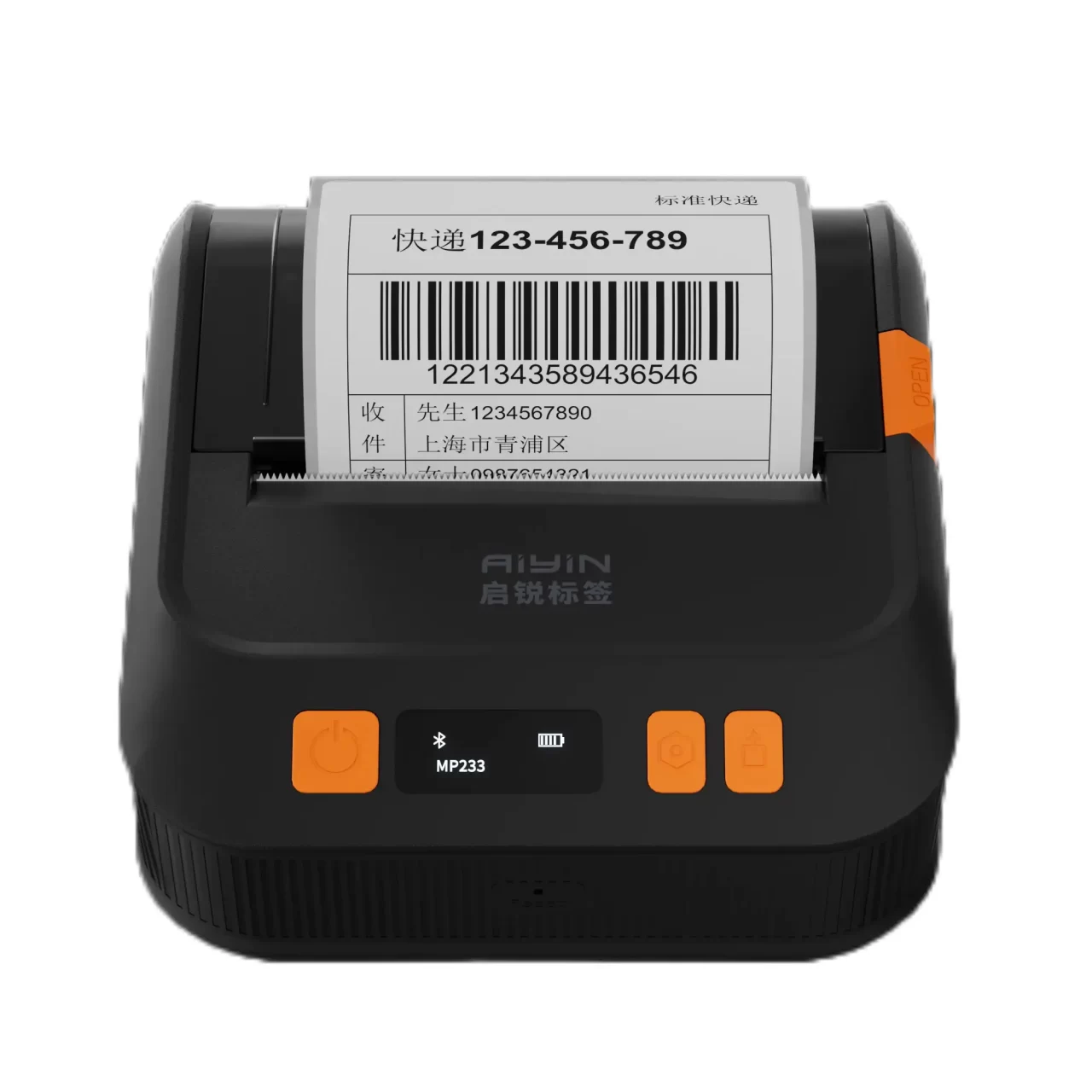
Ventajas
- Fácil de manejar: No es necesario sustituir la cinta de carbono, la estructura general de la impresora térmica directa es relativamente sencilla, la estructura de transmisión interna de la máquina es pequeña y el coste de mantenimiento es bajo.
- Equipamiento ligero: Las impresoras térmicas directas suelen tener una estructura sencilla y un tamaño compacto. Muchos modelos están diseñados para ser portátiles o móviles, lo que las hace ideales para tiendas minoristas, almacenes, centros logísticos y otros escenarios que requieren una impresión de etiquetas flexible.
- Asequible: El coste de compra es bajo, lo que resulta adecuado para pequeños minoristas con un presupuesto limitado.
Escenarios aplicables
- Recibos, pedidos de entrega urgente y otras necesidades de impresión a corto plazo (normalmente de 6 a 12 meses).
- Etiquetas promocionales temporales, pedidos de comida rápida y otras situaciones que no requieren almacenamiento a largo plazo.

Limitaciones
- Las etiquetas desaparecen con el tiempo: El papel térmico se decolora fácilmente cuando se expone a altas temperaturas, la luz o la fricción, y no es adecuado para etiquetas que deban conservarse durante mucho tiempo.
- No apto para el etiquetado a largo plazo: Los códigos de barras o etiquetas pueden volverse ilegibles al cabo de meses.
Impresión por transferencia térmica: Más adecuada para escenarios profesionales
Principio: La impresión por transferencia térmica utiliza una cinta calentada para transferir tinta a la etiqueta. Este método produce etiquetas duraderas y resistentes al calor, la humedad y los productos químicos.
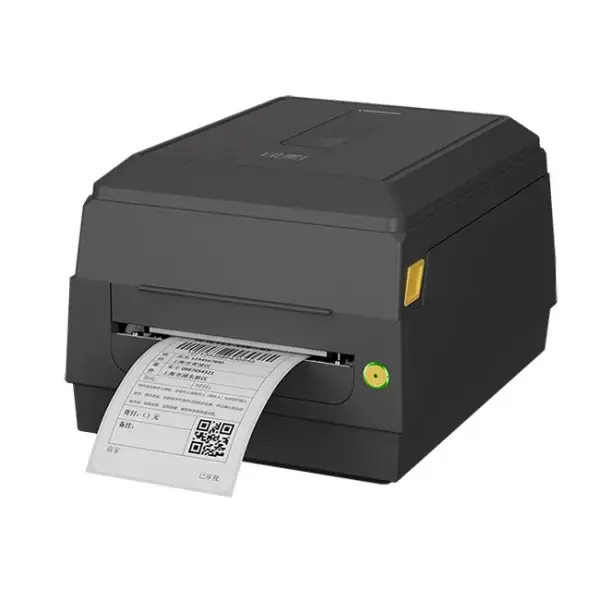
Ventajas
- Durabilidad: Las etiquetas permanecen legibles durante años, lo que las hace ideales para inventarios, etiquetas de estanterías y etiquetado de productos.
- Flexibilidad del material: Puede imprimir en papel, poliéster, polipropileno, etc.
- Calidad profesional: Puede imprimir códigos de barras de alta resolución, LOGOTIPOS, y puede imprimir etiquetas en color utilizando cintas de color.
Escenarios aplicables
- Escenarios en los que las etiquetas de precios de productos, etiquetas de logística de almacén, etiquetas de ropa, etc. deben conservarse durante mucho tiempo.
- Las etiquetas de los productos para el transporte de alimentos refrigerados y congelados deben permanecer claras y no desprenderse en entornos de baja temperatura o incluso húmedos.
- Etiquetas para frascos de medicamentos, recipientes de productos químicos, tubos de ensayo, etc. Estas etiquetas deben tener propiedades como anticorrosión, resistencia a la erosión química y resistencia a altas temperaturas.
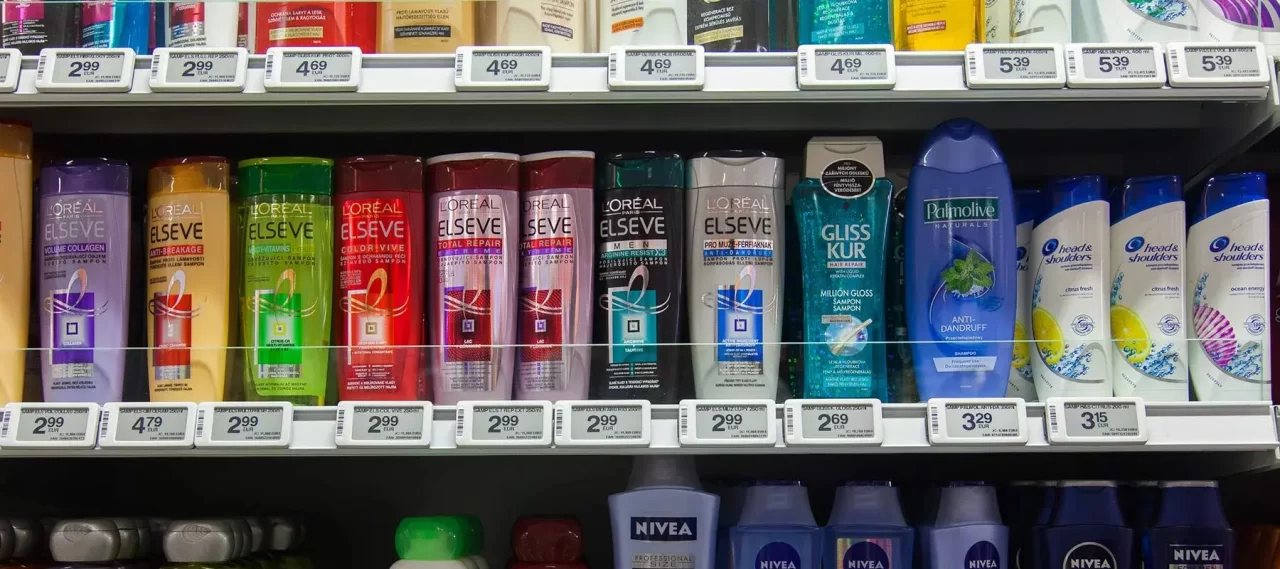
Limitaciones
- Los costes de equipamiento y cinta son relativamente altos, por lo que es adecuado para minoristas medianos y grandes o clientes con necesidades a largo plazo.
- La cinta debe sustituirse periódicamente y su funcionamiento es algo complicado.
Comparación lado a lado
| Característica | Térmica directa | Transferencia térmica |
| Calidad de impresión | Bien | Excelente |
| Durabilidad | Bajo | Alta |
| Coste | Menor coste inicial | Más alto debido a las cintas |
| Mantenimiento | Mínimo | Más información |
| Caso práctico | Etiquetas a corto plazo | Etiquetas de larga duración/productos |
| Opciones de medios de comunicación | Limitado | Amplia gama |
¿Cómo elegir?
¿Cuánto tiempo deben conservarse las etiquetas?
- A corto plazo (<1 año): Impresora térmica directa.
- Larga duración o entornos difíciles: Impresora de transferencia térmica.
¿Es complejo el contenido impreso?
- Texto simple/código de barras: Térmico directo puede cumplir los requisitos.
- Patrones de alta precisión o materiales especiales: Elija la transferencia térmica.
¿Cuál es el presupuesto y la escala?
- Pequeñas tiendas/necesidades temporales: la impresión térmica directa tiene costes más bajos.
- Marcas en cadena/uso frecuente: la impresión por transferencia térmica es más rentable a largo plazo.
Conclusión
Tanto la impresión térmica directa como la impresión por transferencia térmica tienen sus ventajas y limitaciones. La clave para elegir la tecnología de impresión es "ajustarse a las necesidades".
Los usuarios pueden combinarlos con flexibilidad en función de sus necesidades. Mezclarlas puede tener más sentido: utilizar la impresión térmica para las etiquetas de envío diarias y la impresión por transferencia térmica para las etiquetas de inventario o estanterías a largo plazo.
Acerca de AiYin
AiYin se fundó en 2006 y es un proveedor líder mundial de soluciones de impresión térmica. Ofrecemos impresoras de etiquetas de envío al por mayor y impresoras de transferencia térmica al por mayor. Sus productos se utilizan ampliamente en logística de comercio electrónico, cajas registradoras de minoristas, facturas médicas, pedidos de restaurantes, etiquetas de oficina y otros escenarios industriales. Las series de productos de AiYin se venden en más de 90 países y regiones de todo el mundo, dando servicio a decenas de millones de usuarios.
Como fabricante profesional de impresoras térmicas, AiYin se compromete a impulsar la innovación en impresión con tecnología: haciendo que cada impresión sea clara, conectando personas e información y mejorando la eficiencia en el trabajo.
